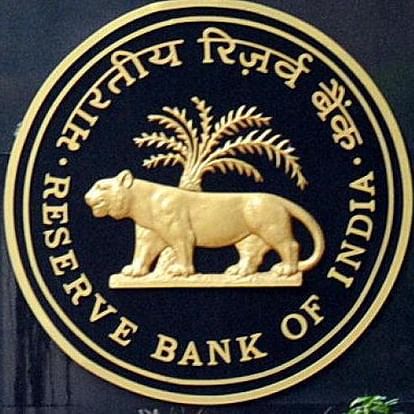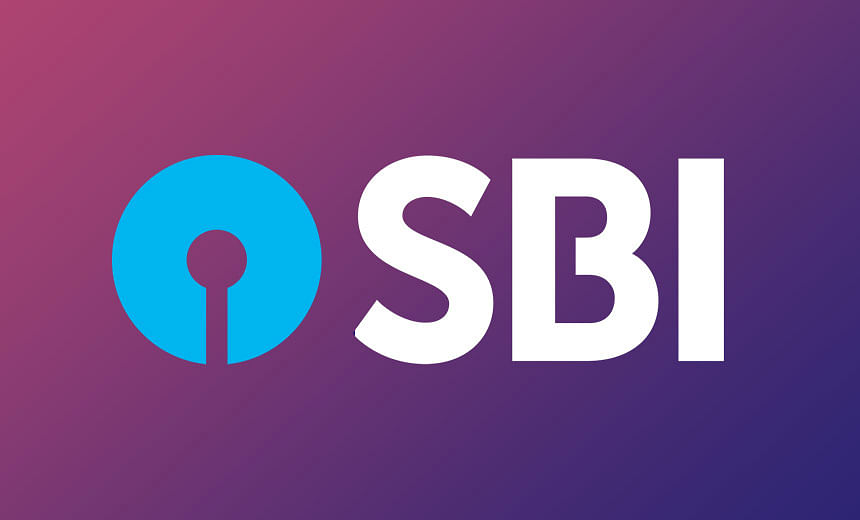
RBI
- PC : mrp
In an attempt to boost the sluggish economy, the Reserve Bank of India (RBI) slashed repo rate by 35 basis points (bps) for the fourth straight time in a row.
The Monetary Policy Committee (MPC), led by RBI Governor Shaktikanta Das has made the announcement after the third bi-monthly policy review for 2019-20. Four out of six committee members voted in favour of the 35 bps rate cut.
During the press conference, RBI Governor Shaktikanta Das said, “The MPC felt standard 25 bps rate cut might have been and 50 bps rate cut a bit excessive.”
“The decision of the MPC is its own autonomous, independent decision,” RBI Governor added to the statement.
The short-term lending rate is sloped down to 5.40 percent from 5.75 percent which is now the lowest since April 2010. While the repo rate under the liquidity adjustment facility (LAF) sloped down to 5.40 percent, the reverse repo rate was reduced to 5.15 percent. The marginal standing facility (MSF) rate and the Bank Rate slashed to 5.65%.
Also, RBI forecast the GDP growth rate for the current fiscal to 6.9 per cent from 7 per cent.
Prior to this, RBI had cut the policy rate consecutively in February, April and June by 25 bps each. Now the total rate cuts in repo rate during Modi government increased to 110 bps.
The Reserve Bank of India has released information on CPI Inflation;
- CPI inflation is projected at 3.1% for Q2 FY20 and 3.5-3.7% for H2 FY20.
What is Repo Rate?
Repo rate is the interest rate at which commercial banks borrow short-term funds from the RBI. When you borrow money from the bank, they charge interest on the principal. Similarly, banks also borrow money from RBI on which they pay interest to the Central Bank. This interest rate is known as the repo rate.
What is Reverse Repo Rate?
A Reverse Repo Rate is a rate that RBI offers to banks when they deposit their surplus cash with RB. In other words, it is the rate at which the RBI borrows from the commercial banks. When commercial banks have excess funds with them, they deposit the surplus funds with the RBI on which RBI give them interest. This way banks can raise additional interest from their funds.
The reverse repo rate has an inverse relationship with the money supply in the economy. During the high level of inflation in the economy, the RBI increases the reverse repo rate and vice-versa.








